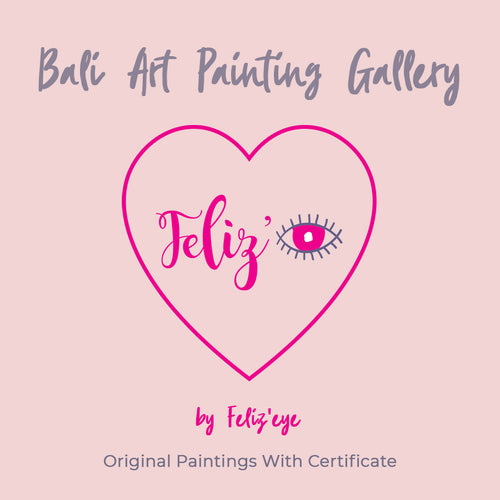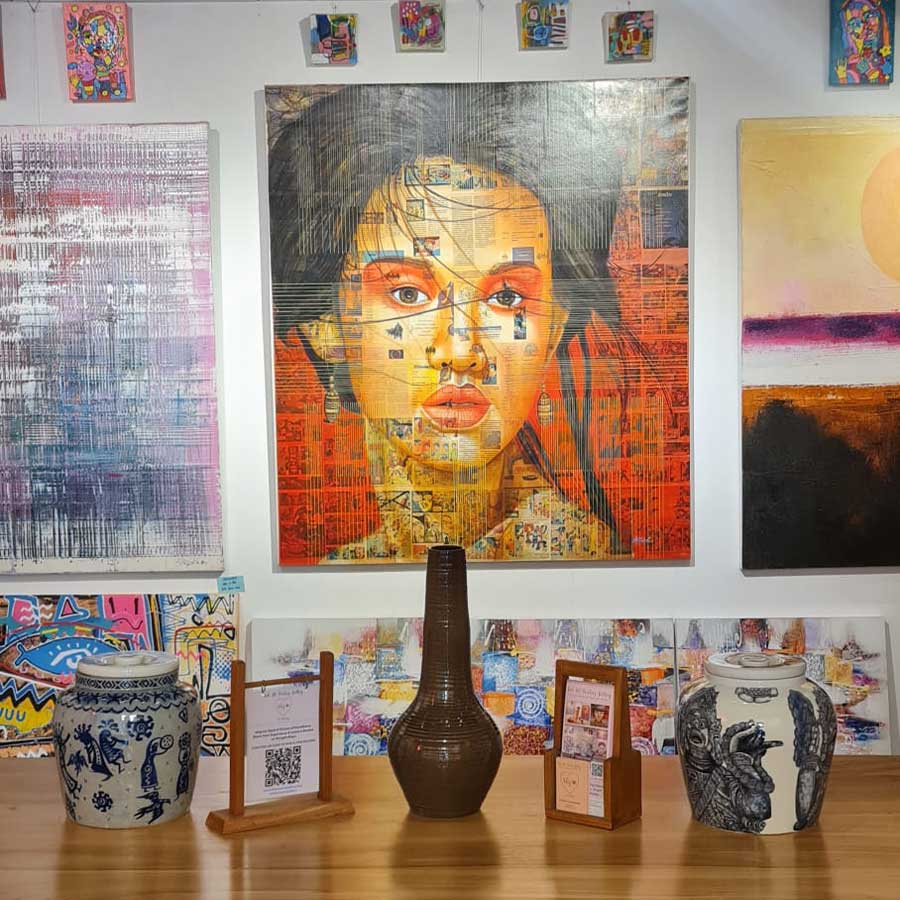The world of painting styles is constantly evolving, with new trends and techniques emerging as artists push the boundaries of creativity. Throughout history, painting styles have undergone significant transformations, reflecting the cultural, social, and technological changes of their time. From the classical realism of the Renaissance to the abstract expressionism of the 20th century, each era has brought forth its own unique artistic movements.
In today's fast-paced world, it is more important than ever for artists to stay up-to-date with current trends in the art world. With the advent of technology and the rise of digital art, traditional painting styles have been influenced and transformed in new and exciting ways. Artists are now able to blend digital and traditional techniques, creating innovative works that challenge traditional notions of painting.
Key Takeaways
- Digital art has had a significant impact on painting styles in recent years.
- Realism is making a comeback in 2023, with a focus on classic techniques.
- Neo-expressionism is characterized by bold colors and emotive brushstrokes.
- Minimalism is a popular movement in contemporary art, emphasizing simplicity and restraint.
- Mixed-media art combines traditional and modern techniques to create unique works.
The Rise of Digital Art and Its Influence on Painting Styles
Digital art has gained immense popularity in recent years, with artists using digital tools and software to create stunning works of art. This medium allows for greater experimentation and flexibility, as artists can easily manipulate colors, textures, and forms with just a few clicks. Digital art has not only revolutionized the way artists create, but it has also had a profound impact on traditional painting styles.
Many artists have embraced digital techniques and incorporated them into their traditional painting practices. By combining digital tools with traditional materials such as paint and canvas, these artists are able to create works that blur the boundaries between the physical and digital realms. For example, some artists use digital software to sketch out their compositions before transferring them onto canvas, while others use digital tools to enhance or alter their paintings after they are completed.
The Popularity of Realism in 2023: A Return to Classic Techniques
In recent years, there has been a resurgence of interest in realism in contemporary art. Realism is characterized by its attention to detail and its focus on capturing the world as it appears to the naked eye. This return to classic techniques is a reaction against the abstract and conceptual art that dominated the art world for much of the 20th century.
One of the reasons for the appeal of realism is its emphasis on traditional techniques and the human touch. In an increasingly digital and virtual world, many artists and viewers crave the authenticity and craftsmanship that comes with traditional painting. Realism allows artists to showcase their technical skills and mastery of their craft, creating works that are visually stunning and emotionally resonant.
There are many contemporary artists who specialize in realism and have gained recognition for their exceptional talent. Artists like Alyssa Monks, who creates hyperrealistic portraits and still lifes, and Jeremy Mann, who paints moody cityscapes, are just a few examples of artists who have embraced realism in their work.
The Emergence of Neo-Expressionism: Bold Colors and Emotive Brushstrokes
Neo-expressionism is a contemporary art movement that emerged in the late 20th century as a reaction against the minimalism and conceptual art of the time. It is characterized by its bold colors, gestural brushstrokes, and emotional intensity. Neo-expressionist artists seek to convey their inner emotions and experiences through their work, often using exaggerated forms and vibrant colors to create a sense of drama and intensity.
Neo-expressionism draws inspiration from past expressionist movements such as German Expressionism and Abstract Expressionism. Artists like Jean-Michel Basquiat and Julian Schnabel were at the forefront of this movement in the 1980s, using bold colors and emotive brushstrokes to create powerful and expressive works.
Today, many contemporary artists continue to explore neo-expressionist techniques in their work. Artists like Cecily Brown and Peter Doig use vibrant colors and energetic brushwork to create dynamic and emotionally charged paintings. The influence of neo-expressionism can also be seen in street art and graffiti, where artists use bold colors and expressive marks to create visually striking works.
The Minimalist Movement: Less is More in Contemporary Art
In contrast to the bold and expressive nature of neo-expressionism, minimalism is a contemporary art movement that embraces simplicity and reductionism. Minimalist artists seek to strip away unnecessary elements and focus on the essential qualities of their chosen medium. This often results in works that are characterized by clean lines, geometric forms, and a limited color palette.
Minimalism has gained popularity in recent years due to its ability to create a sense of calm and tranquility. In a world that is increasingly chaotic and overwhelming, many viewers are drawn to the simplicity and clarity of minimalist art. Minimalist artists like Agnes Martin and Donald Judd create works that invite contemplation and introspection, allowing viewers to find solace in the quietude of their compositions.
The Influence of Street Art and Graffiti on Popular Painting Styles
Street art and graffiti have had a significant impact on contemporary painting styles. What was once considered vandalism and illegal activity has now been embraced by the art world as a legitimate form of artistic expression. Street artists and graffiti writers use spray paint, stencils, and other materials to create large-scale murals and tags in public spaces.
The influence of street art can be seen in the use of bold colors, graphic imagery, and expressive brushwork in contemporary painting. Many artists incorporate elements of street art and graffiti into their work, blurring the boundaries between high and low art. Artists like Banksy and Shepard Fairey have gained international recognition for their politically charged street art, which often incorporates elements of traditional painting techniques.
The Importance of Sustainability and Eco-Friendly Art in 2023
In recent years, there has been a growing concern for the environment in the art world. Artists are increasingly incorporating sustainable and eco-friendly practices into their work, using recycled materials, natural pigments, and environmentally friendly processes. This shift towards sustainability reflects a broader cultural shift towards more conscious consumption and a desire to protect the planet.
Many artists prioritize sustainability in their art by using materials that have a minimal impact on the environment. For example, some artists use reclaimed wood or recycled paper as their canvas, while others use natural dyes made from plants instead of synthetic pigments. By embracing sustainable practices, artists are not only reducing their environmental footprint but also raising awareness about the importance of environmental conservation.
As we look towards the future, it is important to embrace diversity in the art world. By celebrating different painting styles and techniques, we can foster creativity and innovation. The potential for new and exciting painting styles is limitless, as artists continue to experiment with new materials, technologies, and ideas.
In conclusion, the ever-changing world of painting styles reflects the dynamic nature of the art world itself. From digital art to realism, from neo-expressionism to minimalism, from mixed-media to street art, each style offers its own unique perspective and challenges traditional notions of painting. By staying up-to-date with current trends and embracing diversity in the art world, we can ensure that painting continues to evolve and thrive in the future.

